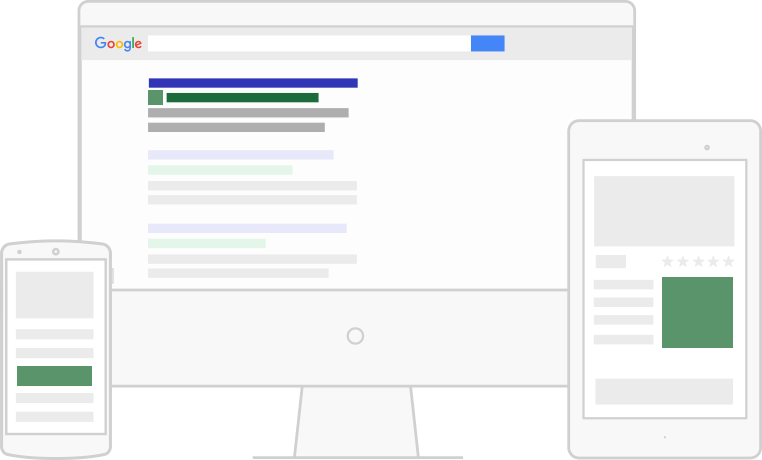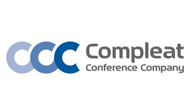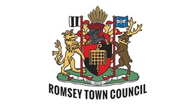Ten PPC Pitfalls to Avoid
Posted on August 5, 2016 by James Duquenoy
PPC advertising can be a very powerful marketing tool and can generate a good return on your investment if done properly. With the potential to significantly damage your traffic and conversions, there are some common PPC pitfalls that you need to avoid.
1). Confused campaigns
Before you even start setting up your campaign, it’s best to make sure everything is fully planned out. In the highly competitive world of PPC, a lack of planning can lead to unsuccessful campaigns that do nothing but burn money. Make sure you have a clear and unified understanding of the aims and ambitions of your campaign. Determine your ultimate goal, whether it’s boosting sales, increasing brand awareness or marketing a new product – and then set targets to help measure your success.
2). Targeting the wrong audience
Your PPC campaign won’t perform effectively or generate a good return on your investment if it’s not targetted at the right audience. A poorly targetted advert will waste your budget and get very few conversions. Do it correctly and you’ll get a big return on your investment, as only people who are genuinely interested in your business or products will click on your ads – making conversions much more likely. Think carefully about your target audience then configure your ads to display only to those within your chosen demographics.
3). A lack of geo-targeting
Platforms such as Google AdWords give you incredible scope for targeting your PPC campaigns, including the ability to target ads based on a user’s location. This means people near your shop or office will see your ads and will feel more confident about choosing a local business – giving you a much higher click through rate. Failing to take advantage of geo-targeting is a big mistake, especially if you are a local business – why spend money advertising to people who are too far away to visit your shop?
4). Forgetting about negative keywords
Negative keywords are search terms that you don’t want your ad to appear in response to, which can be very useful when targeting your adverts. They allow you to filter out unwanted traffic that doesn’t meet your ideal audience. For example – if you were an optician selling reading glasses, you should set up negative keywords to ensure that your ad isn’t shown to people searching for “wine glasses” or “drinking glasses”. Without this, your ad could be shown to the wrong audience, which will waste your advertising budget and fail to generate conversions.
5). Failing to use “high commercial intent” keywords
Keywords and phrases with “high commercial intent” show that the consumer has an obvious desire to purchase an item. For example, searches for “toaster reviews” or “running shoes” strongly indicate that the user is looking to make a purchase, as it’s unlikely they’d be searching for these terms for another reason. Including these keywords in your campaign means your ad will be visible to people who are looking to buy your product – increasing the likelihood of conversions.
6). No long-tail search phrases
Long-tail search phrases are more than just simple keywords – they often contain longer sentences and specific information about certain products. Including these phrases in your campaign allows you to target consumers who use longer, more detailed search terms to find your products. Although they don’t bring in as much traffic, long-tailed search terms usually have a higher conversion value due to the specific keywords and phrases you can target.
7). Bad call-to-actions
When a consumer reads your PPC ad, it’s often the call-to-action (CTA) that motivates them to click. Make sure yours has a strong impact that will increase the likelihood of conversion. A plain, boring and uninviting CTA will result in fewer clicks – so it’s vital to ensure your ad content and call-to-action message is very engaging.
8). Not thoroughly testing your adverts
Just like any new feature or addition to your website, every advert should be thoroughly tested. Once you have decided on a few variations of your ad copy, they should be systematically tested to determine which works best. Whether you run the ads separately and see which gets the most conversions or use strategic A/B testing to randomly determine which is most effective – make sure you only test one change at a time. You could test the effectiveness of particular keywords, call-to-action messages, or even the quality of landing pages. Failing to run proper tests is a big risk as you won’t know if the ads you rejected might have performed better – which could have earned you more conversions and a higher return on your investment.
9). Unoptimised landing pages
Once a user has clicked on your ad, make sure your landing page is relevant and specially tailored for the associated ad. If a user ends up on a landing page with no relevance to what they clicked on, they won’t stay around very long. Make sure you have a unique landing page for every ad that you’re running and ensure they contain engaging content that will hook users.
10). Failing to measure conversions
If the purpose of your PPC campaign is conversions, whether that’s a sale, email capture, contact or anything – it’s extremely important you properly track your conversion rate. It’s all very well knowing how many people clicked on your advert, but knowing how many of these clicks generated a successful conversion is extremely useful data. You can use it to work out key metrics such as Cost per Conversion and the return on your investment – allowing you to judge whether the campaign was effective or if it needs adjusting to improve performance.
If you have any further questions about these common PPC pitfalls or would like help starting up a campaign, please contact us today.













































Ujwal Pandit on March 20, 2018 at 11:31 am said:
Nice post and thanks a lot for sharing your knowledge about PPC and I really like the way you writing. it’s easily understandable for newbee like me.